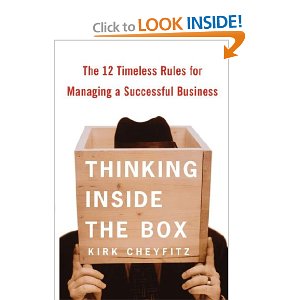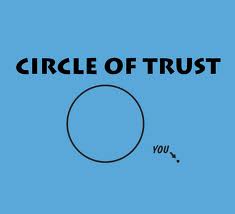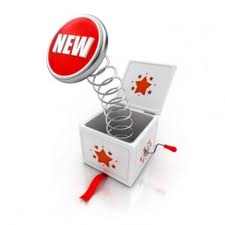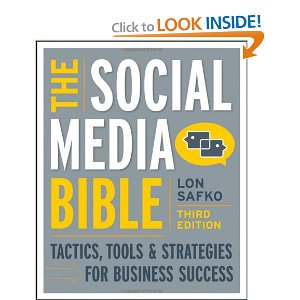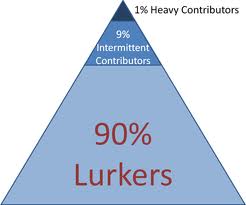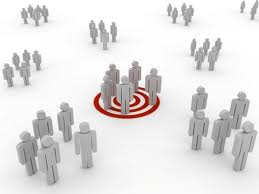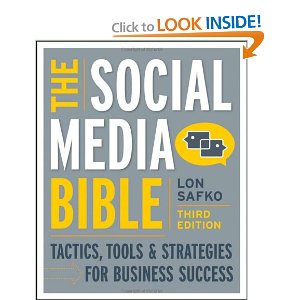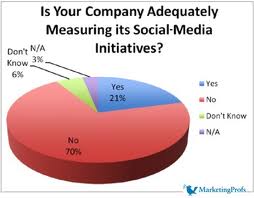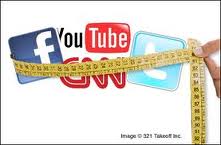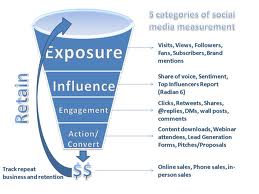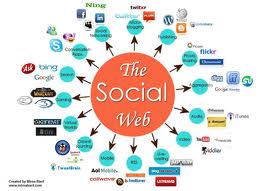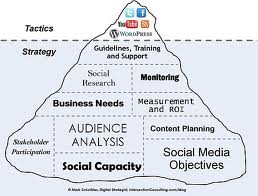 This week’s “Mondays with Marissa” post is going to be a little different. Something happened yesterday. Did you see it? Follow it? Of course, I am referring to a man by the named of Felix Baumgartner who jumped out of a capsule attached to a balloon 128,000 feet above Earth. Take a moment to think about that.
This week’s “Mondays with Marissa” post is going to be a little different. Something happened yesterday. Did you see it? Follow it? Of course, I am referring to a man by the named of Felix Baumgartner who jumped out of a capsule attached to a balloon 128,000 feet above Earth. Take a moment to think about that.
Beyond the pure awesomeness of this feat, what I want to draw your attention to today is:
- the social media that supported the mission, and
- some ways that non-profits learn from the coverage of this event.
For those of you unfamiliar with what Felix did yesterday, here’s a brief overview:
- Sponsored by Red Bull, this mission had a goal of studying the effects of acceleration on the human body in order to produce better spacesuits for space professionals and eventually space tourists.
- Beyond that, Felix Baumgartner became the first human who wasn’t attached to an aircraft to break the sound barrier .
NASA’s evolving mission has led to private companies such as Red Bull stepping in to provide financing to make these types of missions possible. When the day came millions of people around the world tuned in to watch the live stream of the Red Bull Stratos leaving the Earth and eventually see Baumgartner jump out of it. You can read more about the story here.
Looking beyond the scientific significance of this event, let’s look at it through the eyes of a non-profit special events planner. When it comes down to it, that’s what it was, right? This was an event run at a specific time and for a specific cause.
Sponsorship
This space mission was funded by Red Bull and everyone knew it. Finding a corporate sponsor, especially a title sponsor, to cover the costs of your agency’s special event means profitability and ensures that donations from attendees will likely go directly to support programming. Similarly, finding a corporate partner that will match donations helps in the same way.
People knew about this event for months. If you have a once in a lifetime special event in your organization’s future (e.g. celebrating a milestone anniversary, etc), letting people know about it early and often only helps your cause. You can and should use social media to do this. How?
- Create an event on Facebook.
- Create an event on Google Plus.
- Post about the progress being made during the preparation of the event.
Give the Event Its Own Website
Depending on the size of the event, it might warrant its own website. Doing so will make it easy for people seeking details about your event to find those facts easily online.
Take a look at the website for the Red Bull Stratos. Everything you need to know about that event is there. Make sure that you include the social media sharing buttons on the website to allow people to share what they find with others.
Videos
One of the great things that Red Bull did during the preparation for this event was to post videos about the progress leading up to yesterday. If it makes sense to do so for your event, videos are a great way to update people. Make them short and sweet, little clips and people will share them with others. If you can’t post videos as often, photos can work in the same capacity as well.
In addition to posting video to promote your event, you can also post clips of the actual event if you were lucky enough to secure a celebrity to speak or the event was particularly noteworthy. Click here to view a YouTube video of Felix Baumgartner’s historic jump.
Again, this depends on your event and the legality surrounding it, but if it makes sense then you may want to consider live streaming it.
For example, if you are holding a competition such as a race, live streaming can help spread the word about what is happening and allow people to donate on the web during the event.
Sites such as YouTube and UStream allow users to set up their own channels to share with others. The videos from these channels can be embedded on your own site so you don’t have to send viewers somewhere else. Also, all of the live streams can be saved for future viewing as well.
Hashtags
While we were watching Felix jump out of his capsule at 128,000 feet above the Earth, many of us were participating in a social conversation on Twitter about what we are seeing as it happened. Creating a hashtag for your event can allow people to share news from your event in real-time. What’s great is that you can also use it to go back and easily see what people were saying after the event is over. For example, take a look at #livejump from yesterday.
Events like yesterday’s only come around once in a while. It is important to step back and see what we can learn from them when they do. I hope today’s post might have highlighted some new techniques for you when it comes to running special events.
Have you used any of the tools mentioned in today’s post? I’d love to hear about it in comments!











